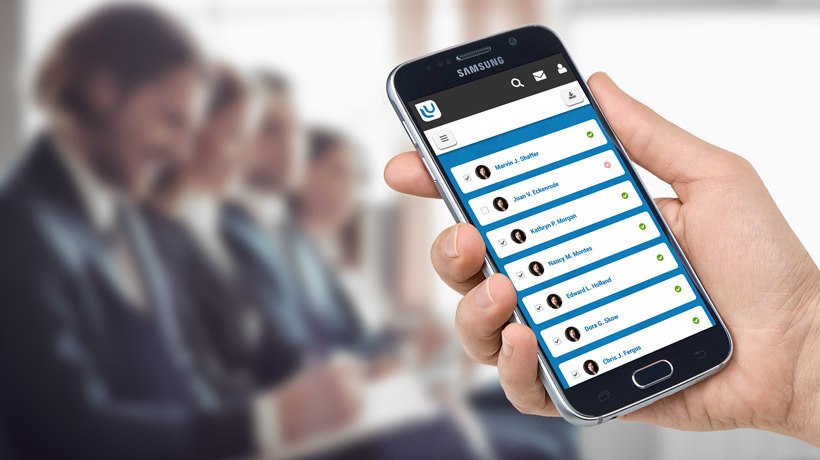Using A Learning Management System Checklist In Classroom-Based Training
For most users, a Learning Management System is central to online training. A good platform supports the preparation, delivery, and tracking of every step in the eLearning process. The role a Learning Management System should play in managing classroom-based training can be less clear. Both online and offline training must be aligned if blended learning programs are to succeed, but striking a balance between the classroom and the computer can be tricky. And failing to integrate your Learning Management System with classroom-based modules risks confusing learners and neglecting one of your most valuable assets. Use this checklist to make sure your Learning Management System is working as it should be to support successful classroom-based training.
Classroom-Based Training: Your Learning Management System Checklist
1. Why Classroom-Based Training?
All blended learning programs require planning. How you should use online and classroom-based elements will depend on the overall shape of your program and what each part needs to achieve. Once you've confirmed overall course objectives, it's time to decide if individual goals can be best supported with online or offline methods. Remember that the ultimate aim of blended learning is to combine the strengths of both traditional (classroom-based or face-to-face delivery) and online learning to provide learners with the most engaging experience possible.
2. Make Content Available Online First
One big benefit of a Learning Management System is that it provides a central place where learners can access all relevant resources before, during, and after your course. That will help you to maximize the efficiency of limited face-to-face time available in the classroom. Resources like introductory and background course materials can be uploaded to your Learning Management System and shared with learners before your first classroom-based session. That will help to ensure that your learners are fully prepared in advance and require less time confirming basic housekeeping issues in class. Sharing resources online can also help you to create other efficiencies by minimizing printing costs.
3. Arrange Classroom-Based Training And Online Modules In The Right Order
Classroom-based training and online learning shouldn't be developed in isolation. With good planning, the two can work together to better engage learners. Use your Learning Management System to prep for and reinforce more complex content handled in class. Theoretical content can also be outlined in articles and videos hosted online leaving instructors to focus on more practical applications during face-to-face sessions. Returning to your Learning Management System before and after classroom-based sessions will also help learners to integrate it with their own behaviors.
4. Use Online Training To Personalize Classroom-Based Sessions
One big advantage of online training is that it's easy to track and measure how users engage with it. The information you gather can be applied to make classroom-based sessions more targeted to learner needs. You can use your Learning Management System to measure how proficient learners are before your course begins and apply results to personalize content for classroom-based sessions. If you discover that proficiency levels vary significantly between groups of learners, schedule additional online modules to help them to catch up before your first classroom-based session. Sending learners a pre-course questionnaire can also help identify areas in most need of a face-to-face focus.
5. Use Your Learning Management System In The Classroom
Your Learning Management System should be integrated into all classroom-based training and not just used in isolation. In class, a Learning Management System can help engage learners by delivering multimedia content or hosting interactive on-screen exercises. Using your Learning Management System regularly during face-to-face sessions also helps to ensure that learners are aware of its features and integrate it into their own learning activities. Having learners access the Learning Management System during your classroom sessions does not require a big overhead of having to organize PCs or laptops for everyone either. If you are using a modern responsive Learning Management System, learners can easily access online components from their own devices - an iPad, iPhone, or another mobile device.
6. Survey Classroom-Based Training
Your Learning Management System will play an important role in assessing learner performance and deciding if your objectives have been achieved. At the end of a training session, you should also survey learners and apply insights based on their feedback to help improve the effectiveness of future programs. A post-course questionnaire provides an opportunity to compare the relative impact of online and classroom-based training and structure future sessions accordingly.
At LearnUpon, we focus on making it easy to create blended courses that can include any combination of online and classroom-based training. Online content like videos, interactive SCORM content, and quizzes can be combined with exams, assignments, surveys, and classroom-based sessions to maximize engagement between your learners and course instructors.
See powerful blended learning features in action. Schedule a demo now.

